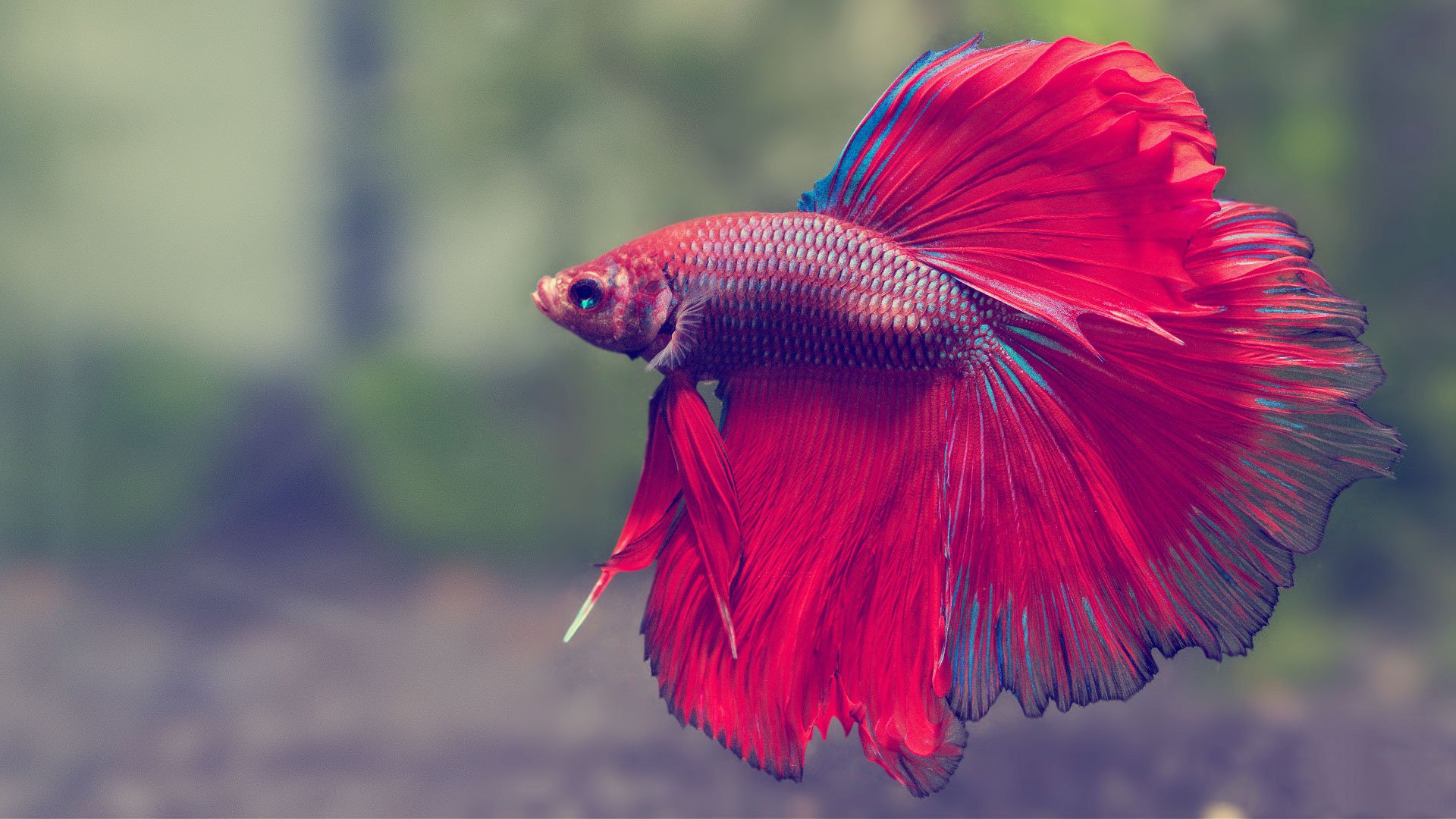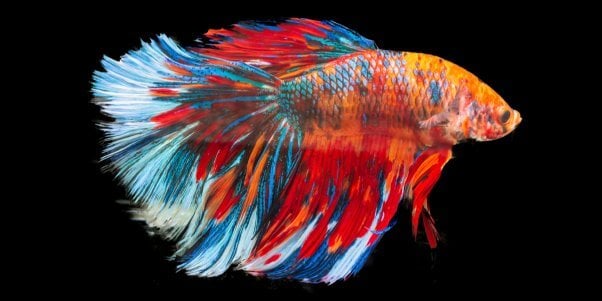Common Betta Fish Conditions and How to avoid Them
Just How to Reproduce Betta Fish Efficiently: Professional Methods and Insights for Hobbyists Aiming To Increase Their Betta Collection
Breeding Betta fish calls for a nuanced understanding of genes and environmental conditions, making it vital for hobbyists to come close to the process with both diligence and care. Producing an optimal reproduction environment, selecting the best pairs, and observing the ins and outs of their courtship habits are fundamental steps that can substantially impact the end result.
Understanding Betta Fish Genetics
Recognizing the genes of Betta fish is vital for successful reproduction, as it influences characteristics such as color, fin form, and habits. Betta fish show a varied range of shades and patterns, mainly established by their hereditary makeup. The main genetics in charge of pigmentation include the "B" genetics for blue, "D" genetics for red, and the "C" genetics for shade intensity. Dog breeders can adjust these qualities by selecting details parent fish that exhibit wanted qualities.
In addition to coloration, fin morphology is one more substantial aspect of Betta genes (betta fish). The sizes and shape of fins are affected by various genes, consisting of those that establish whether the fins are short, long, or veil-shaped. Understanding these genetic variants assists dog breeders predict the phenotypic results of their offspring
Furthermore, behavior characteristics such as aggressiveness and territoriality can likewise be influenced by genetics. These actions play a vital function in the breeding procedure, as they can affect generating success and the total personality of the resulting fry. By adequately recognizing these genetic principles, dog breeders can make enlightened decisions, eventually boosting their breeding programs and achieving desirable outcomes.
Preparing the Reproduction Setting
Developing an optimal breeding environment is crucial for the effective recreation of Betta fish. The initial step in preparing this atmosphere is to choose a proper breeding container, preferably varying from 5 to 10 gallons.
Next, think about the usage of a sponge filter or an air rock to offer mild water circulation without developing strong currents that can worry the fish. It is important to install plants or breeding cones to offer concealing spots and advertise convenience for the woman throughout the spawning procedure. Floating plants, such as Java moss or water sprite, can likewise produce a more natural environment while promoting bubble nest building by the male.
Before presenting the reproducing sets, ensure the water is conditioned and devoid of damaging chemicals, such as chlorine or hefty metals. betta fish. Normal water adjustments ought to be conducted to preserve optimum water high quality, enhancing the chances of successful reproduction. With these prep work in position, the reproducing environment will sustain the health and wellness of both Betta fish
Selecting Breeding Pairs
Picking the appropriate breeding sets is critical for achieving effective Betta fish recreation. Healthy and balanced Betta fish exhibit vivid shades, clear eyes, and active behavior.
Character is an additional essential consideration, as Betta fish are known for their hostile Look At This nature. It is recommended to pick a male and woman that exhibit suitable temperaments to minimize stress and anxiety throughout the reproducing procedure. A tranquil male can urge a smoother courtship, while a lady that is too hostile may disrupt the process.
Genetic background also plays a substantial duty in the high quality of the spawn. Breeding fish that are genetically varied can reduce the danger of genetic health issues and boost the general vigor of the fry. It is beneficial to investigate the family tree of both the male and female, concentrating on desirable traits such as fin type, color scheme, and size.
The Reproduction Process
The reproduction procedure of Betta fish needs careful planning and focus to detail to make certain a successful outcome. It is crucial to prepare an ideal reproduction container, ideally a 5-10 gallon aquarium with a temperature maintained at 78-80 ° F. The container needs to be outfitted with a heater, filter (preferably sponge type to avoid strong currents), and lots of aquatic plants for the woman to hide.
As soon as the environment is set, present the chosen reproducing pair to the container, enabling them to accustom. Observe their behavior; the man will certainly present sophisticated courtship routines, consisting of flaring see this here his fins and developing a bubble nest. If the woman reveals passion, she will certainly display upright stripes indicating preparedness for spawning.
When the woman is receptive, the pair will take part in a mating accept, throughout which the male feeds the eggs. It is vital to check their interactions very closely, as the man may become hostile. After spawning, remove the female to avoid potential harm. The man will have a tendency to the eggs, which usually hatch out within 24-36 hours. Preserving optimum water problems throughout this duration is vital for the advancement of healthy and balanced Betta fry.
Caring for Betta Fry

Feeding Betta fry is crucial, as they call for a diet high in healthy protein. Initially, they can be fed infusoria or fluid fry food, transitioning to finely smashed top quality pellets as they grow. Feed little sections numerous times a day to motivate healthy and balanced growth without overloading the tank with uneaten food.

As they develop, monitor their development carefully and separate any aggressive people to avoid harm. By providing a nurturing environment and correct betta fish nutrition, enthusiasts can effectively increase Betta fry right into lively, healthy and balanced fish, inevitably improving their breeding undertakings.
Conclusion
Effective Betta fish breeding needs careful focus to genetic selection, environmental conditions, and treatment for the fry. By recognizing the genes of Betta fish and preparing an appropriate reproduction setting, hobbyists can enhance the opportunities of generating dynamic, healthy and balanced spawn.